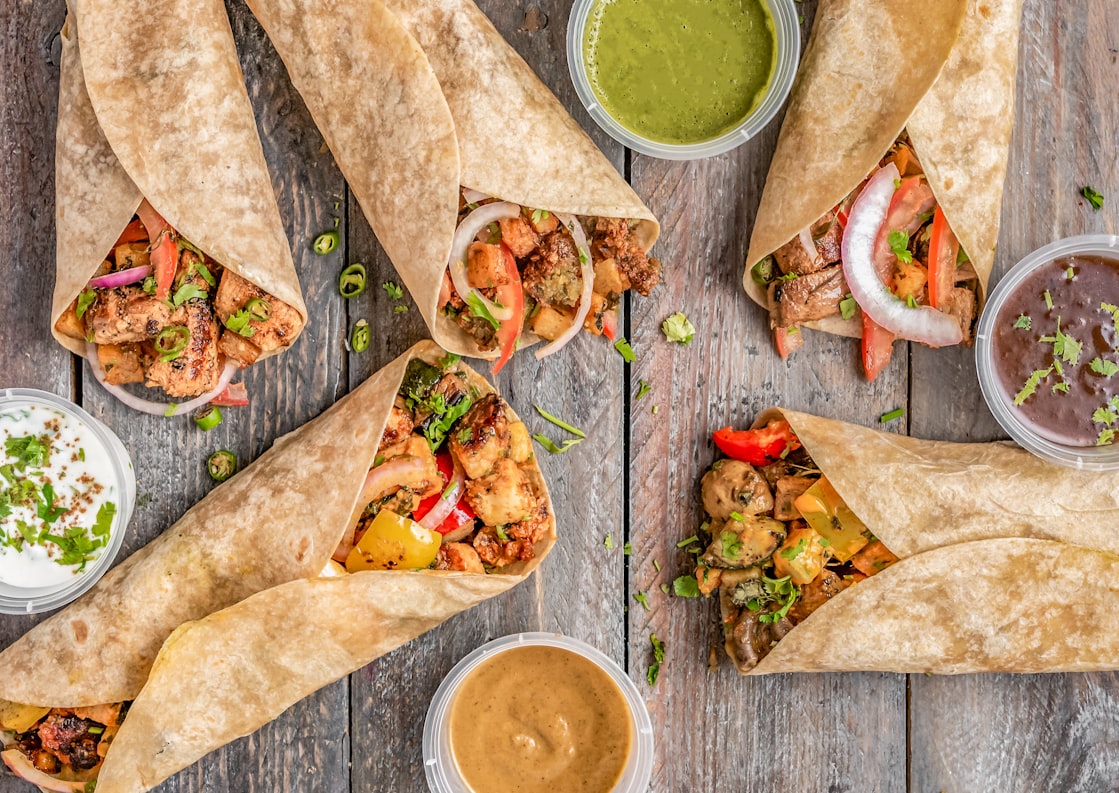
Unleash Your Inner Writer Online Beginner’s Course
Unleashing Your Creative Voice: Finding Your Writing Style
This course isn’t about forcing you into a specific style; it’s about helping you discover your own. We’ll explore different writing styles – from lyrical prose to sharp, concise journalism – and guide you in identifying the voice that feels most authentic to you. Through exercises and prompts, you’ll experiment with various approaches and learn to recognize what resonates with your personality and aspirations as a writer.
Overcoming Writer’s Block: Techniques for Getting Started
The dreaded blank page. We’ve all been there. This course equips you with practical strategies to overcome writer’s block and kickstart your creative process. We’ll cover techniques like freewriting, brainstorming, mind-mapping, and using prompts to generate ideas. You’ll learn how to approach writing as a process, rather than a product, reducing pressure and fostering a more fluid and enjoyable experience.
Mastering the Fundamentals: Grammar, Punctuation, and Sentence Structure
A strong foundation in grammar and punctuation is crucial for effective writing. We’ll cover essential grammar rules and punctuation marks in a clear, accessible way. You’ll learn how to construct well-structured sentences, avoiding common grammatical errors and improving the clarity and impact of your writing. We’ll focus on practical application, ensuring you can confidently apply these skills in your own work.
Crafting Compelling Narratives: Storytelling Techniques
Whether you’re writing fiction, non-fiction, or even blog posts, storytelling is key to engaging your audience. We’ll explore narrative techniques such as character development, plot structure, setting descriptions, and creating believable dialogue. Through practical exercises, you’ll learn how to craft compelling narratives that capture your reader’s attention and keep them turning the page (or scrolling!).
Building Confidence: Sharing Your Work and Receiving Feedback
Writing is a journey, not a destination. This course will help you develop the confidence to share your work and seek constructive criticism. We’ll discuss strategies for receiving feedback gracefully and using it to improve your writing. You’ll participate in peer review exercises, providing and receiving feedback in a supportive and constructive environment, fostering a sense of community among fellow aspiring writers.
Exploring Different Writing Genres: Finding Your Niche
From poetry and short stories to blog posts and essays, the world of writing offers a multitude of genres. This course introduces you to various writing styles and genres, helping you discover the areas that pique your interest and align with your strengths. We’ll explore the unique characteristics of each genre and guide you in selecting the form best suited for your voice and interests.
From Idea to Publication: Editing and Self-Publishing Basics
This course isn’t just about writing; it’s about sharing your work with the world. We’ll guide you through the editing process, helping you polish your writing and prepare it for publication. We’ll cover self-publishing options, empowering you to take control of your writing journey and share your stories with a wider audience. You’ll gain an understanding of the publishing landscape and the resources available to help you get your work out there.
Developing a Writing Routine: Consistency and Productivity
Consistency is key to becoming a successful writer. This course helps you develop a personalized writing routine that fits your lifestyle and commitments. We’ll discuss time management techniques, strategies for staying motivated, and overcoming procrastination. You’ll learn how to integrate writing into your daily life, making it a sustainable and fulfilling part of your routine.
Utilizing Online Resources: Tools and Platforms for Writers
The internet is a treasure trove of resources for writers. This course introduces you to valuable online tools and platforms that can enhance your writing process. We’ll cover grammar checkers, writing software, online communities, and resources for finding inspiration and connecting with other writers. You’ll gain access to a network of support and resources to help you on your writing journey.
Beyond the Course: Continuing Your Writing Journey
This course is just the beginning. We’ll equip you with the skills and resources to continue your writing journey beyond the course. We’ll provide guidance on finding writing communities, attending workshops, and pursuing further learning opportunities. We encourage ongoing learning and growth, fostering a lifelong passion for writing. Please click here about online beginner creative writing courses




 No one likes the idea of serving their guest a meal that turns out to be a flop! Everyone needs a little help now and then. So, before you head to the kitchen, read up on some tips that will help you to cooking food that is not only edible but spectacularly awesome. Follow these tips to impress your guests and improve ordinary family meals, as well.
No one likes the idea of serving their guest a meal that turns out to be a flop! Everyone needs a little help now and then. So, before you head to the kitchen, read up on some tips that will help you to cooking food that is not only edible but spectacularly awesome. Follow these tips to impress your guests and improve ordinary family meals, as well.



